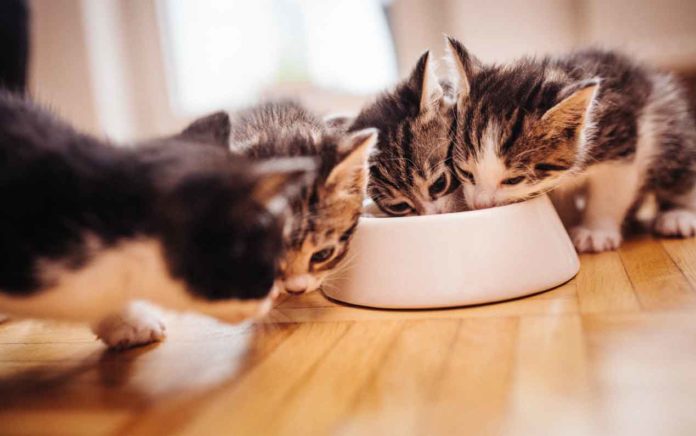Toby Hill casts an expert eye over a category that is continuing to grow as pet owners look to spend more on their animals
Don’t underestimate the UK pet food category: worth more than £3bn, it’s now the seventh largest category in grocery, out-muscling both household cleaning and tea. But with the Pet Food Manufacturers’ Association (PFMA) estimating that there are 7.5 million cats and nine million dogs living in our homes, the potential market is even bigger.
Still, retailers report a pervasive feeling that they’re not getting the most out of the category. The old approach of simply stocking a few cans of Pedigree Chum doesn’t match the modern marketplace, with premium and more natural products growing in popularity and customers choosing fresh-feeling pouches over traditional cans. Treats and toys make happy boys.
Shoppers are increasingly open to buying a broader range of products from their local store, and retailers are reporting an upsurge in sales of dog treats and toys. Indeed, Nielsen stats project that the dog treats market will have grown by 3.5% by 2020 and cat treats by 3%.
“Trends-wise and sales-wise, it’s dog treats that are selling best for us,” says Mo Razzaq, owner of Family Shopper in Blantyre, Glasgow. “OTL brands such as Webbox and Wagg are particularly popular for us, and we can sell our most in-demand lines at £1.29 – a significant chunk above the £1 RRP – which gives us a margin of 35-40%.”
Wholesalers have observed these trends, too. “We’ve noticed a surge in sales of snacks and toys, especially products such as Whiskas Temptations and the Kong Cat Wobbler,’” says Russell Goldman, buying director at Rayburn Trading.
At the manufacturing end of the supply chain, Purina emphasises the importance of treats in its dog food sub-category. “Treats continue to be the key growth driver in dog food and wholesalers should add Bakers treats to their recommended ranges,” says Liz Wood, UK & Ireland market development organisation director for Nestlé Purina.
Keeping the vet away
Although sales of treats are growing fast, we are increasingly becoming aware of the dangers of overindulging our furry friends. Research by the PFMA has found that vets believe 52% of dogs and 47% of cats in the UK are obese – a startling reminder that, like humans, dogs and cats can have too much of a good thing.
Some observers expect such realities to herald a sea change in buying habits in the category. “A growing concern that could affect the market over the next few years is the rise in pet obesity rates,” says Goldman. “A nationwide campaign to tackle this issue could affect sales if consumers cut back. To counter this, many suppliers are continuing to develop new products for the industry that are made with quality meats, fish and blended vegetables.”
Some retailers are already experiencing the impact of such trends. “We’re seeing sales of Pedigree Dentastix increase, although our tinned Pedigree products are slowing down,” says Razzaq. “I think people are increasingly choosing dry meals for their pets, as they seem healthier.”
Similar shifts are beginning to make themselves felt in the cat food category, too. “Advanced nutrition is the key growth driver in dry cat food, so wholesalers should add Purina One to their fixture,” says Wood.
Feline luxury
While treats are driving growth in the dog food sub-category, cats – true to their reputation – are instead nudging the market towards more luxurious creations.
“The cat food portfolio continues to be driven by pouches, luxury and advanced nutrition, which is a trend set to continue,” says Wood. “There is still headroom for growth and these areas offer key opportunities within convenience.”
More specifically, Wood says these trends have caused a decline in sales of wet cat food in cans, as shoppers prefer to trade up to pouches. “Remove cans and switch to pouches to boost sales,” she says. “Premium single-serve is especially popular, so increase your range of Felix and gourmet pouches.”
In the context of dog food, similar trends are being observed as a result of “a trend towards smaller dogs”, Wood adds.
“This is accelerating single-serve formats and small dry dog foods. List Winalot and Bakers pouches to give both an everyday and a more premium choice,” she advises.
Offering value
Petcare products are relatively price-inflexible – they’re infrequently bought and customers appreciate the ease of being able to pick them up in the convenience sector. Nevertheless, price-marks still help customers feel confident they are paying a reasonable price.
“We have a full range of Felix cat treats and we put £1 stickers on them, which definitely helps drive sales,” says Razzaq. “Similarly, we have Bakers, Webbox and Wagg products price-marked at £1, and they fly off the shelf.”
Other retailers emphasise the expanding popularity of own-brand products. As in other categories, the success of discounters such as Lidl and Aldi has boosted customers’ trust in own-label products across the food retail sector.
“We have Happy Shopper own-brand dog food cans for 59p each or two for £1,” says Bob Sykes, owner of Denmore Premier in Rhyl, Denbighshire. “We try to get price-marked wherever possible: it always makes a difference. Some of our customers are more interested in value than brand, so price-marked own label suits them very well.”
Beyond cats and dogs
Dog and cat food and treats form the backbone of most pet food sales in the convenience sector. However, some retailers urge wholesalers to consider stocking a broader range of options.
“We have a lot of people around us who keep animals: estates with horses, small farms, a cattery, even a wildlife experience centre with birds,” says Jamie Howse, who runs Spar Shop Bellabeg in Aberdeenshire with his wife, Denise. “Selling products targeted at these customers has opened a whole new line of sales for our business.”
In particular, Howse says, offering good value on bulk purchases has gone down well with customers – so wholesalers could help by stocking larger pack sizes.
“We keep margins low on bulk purchases, which benefits customers like gamekeepers, who might buy eight or 10 large bags of dog food at a time,” he says. “It cuts our margins, of course, but I’d rather have 10% of something than 30% of nothing.”
Industry viewpoint

market development organisation director, Nestlé Purina
“Wet cat food in cans continues to decline, as shoppers trade up to pouches, so remove cans and switch to pouches. There is also a trend towards smaller dogs, which is accelerating sales of single-serve formats and small dog dry foods. Furthermore, treats continue to be the key growth driver in dog food.
“Shoppers are also looking for the brands they buy in the major multiples, so offering the correct range and brands is key for wholesalers’ customers.”
Retailer viewpoints

“Pet food is great business for us. We’ve noticed customers increasingly have small dogs, so smaller portions like Cesar are our most popular products. Foil packages and pouches sell much better than old-fashioned tins: we used to sell a massive range of Pedigree Chum and Whiskas cans, but we’ve delisted most and just keep a couple of flavours now.”

“We’re definitely seeing sales of dog and cat treats increase. Own-brand Happy Shopper dog treats are very popular and Felix leads our cat treat sales. I’ve noticed that sales of tinned dog food have gone down, while Bakers dry mixes are becoming more popular – I think because people see dry food as healthier for their pets.”

“We’re in a rural area and supermarket delivery services were really hitting our business hard. Then we diversified into selling bulk pet food to the people around us who have animals: not just dogs and cats, but horses, livestock, even birds. It’s saved our business and generates more than £30,000 in revenue every year.”

“It’s worth devoting space to pet food as people find it easier to buy locally, so we have a three-metre section. Sheba and Cesar are our bestsellers and we also sell a lot of value OTL dog treats. People expect you to have pet food for everything.”
Product news
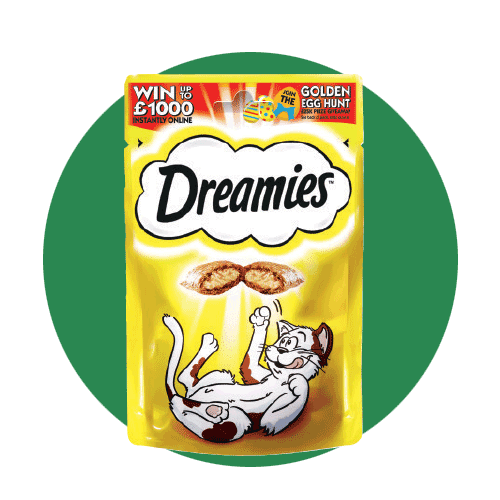
With sales of pet treats forecast to experience significant expansion over the coming year, Mars Petcare’s Dreamies cat treats are ideally placed to capitalise on market trends.
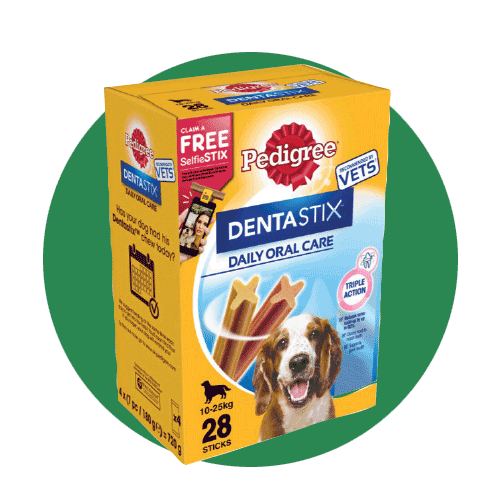
Bigger packs mean bigger profit margins, and Pedigree Dentastix 28-pack – scientifically designed to strengthen dogs’ teeth – will help retailers encourage customers to trade up.
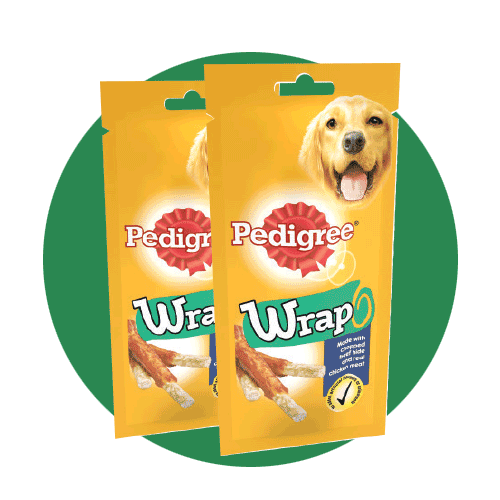
For wholesalers seeking to expand their range of dog treats, Mars Petcare’s Pedigree Wrap – with a chewy chicken coating encasing a crunchy beefy stick – provides an ideal solution.
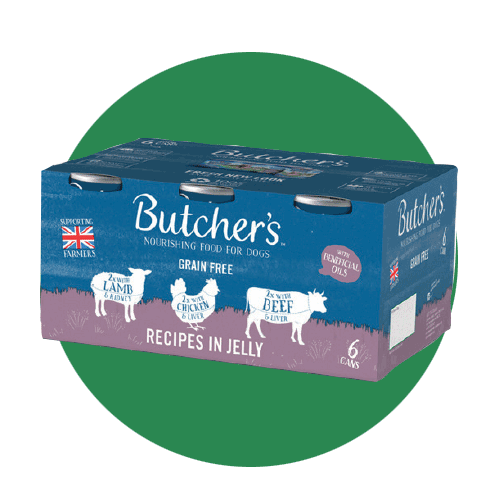
While sales of canned pet food are shrinking, Butcher’s Original Recipes in Jelly remains a bestseller, boosted by sustainable packaging that is now plastic-free.
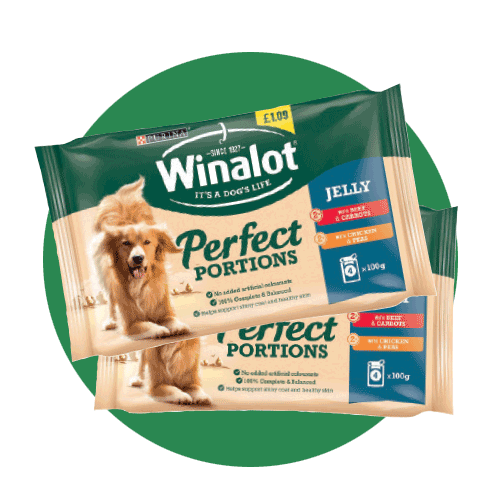
Winalot Perfect Portions from Nestlé Purina is ideal for helping retailers to manage the growing number of customers who are making the move from tins of food to pouches.
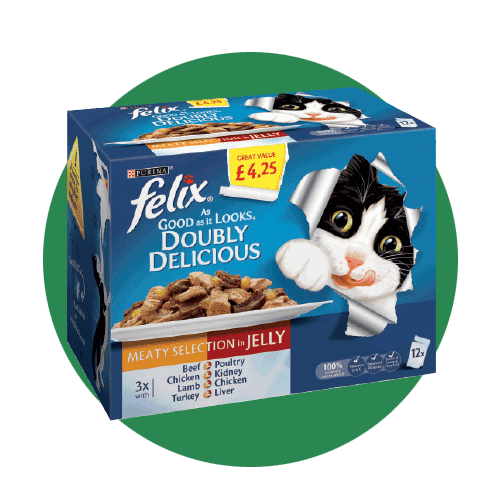
Despite the changing market, Felix Meaty Selection single-serve cat food portions remains a market-leading product, with six of last year’s top pet food SKUs featuring the Felix brand.
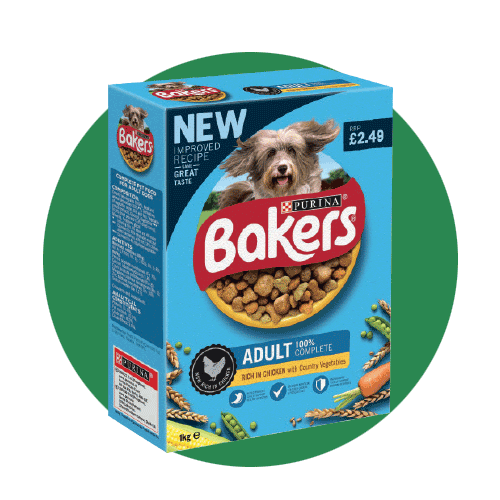
With health influencing pet owners’ meal choices, Bakers Adult Chicken with Country Vegetables is well placed to benefit from perceptions that dry food is healthier.
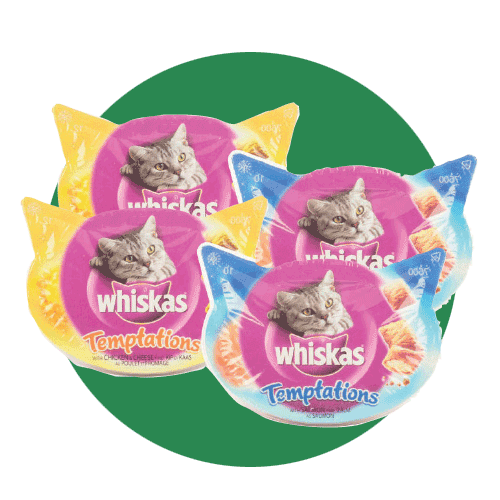
Whiskas Temptations is another treating product primed to benefit from trends towards snacking products for pets, with suppliers noting a sharp increase in sales.
Takeaway points
1. Potential – The pet food category is the seventh biggest category in grocery, worth more than £3bn.
2. Treats – These are driving growth across the category, but particularly in dog products.
3. Health awareness – As well as looking to treat, customers are increasingly concerned about the health of their animals, so combine treating products with healthier options where possible.
4. Pouches – Sales of cans are in decline, while sales of pouches continue to grow, as customers choose products perceived as higher-quality.
5. Own label – As in other categories, own label is no longer associated with poor quality, so promoting it is essential.
